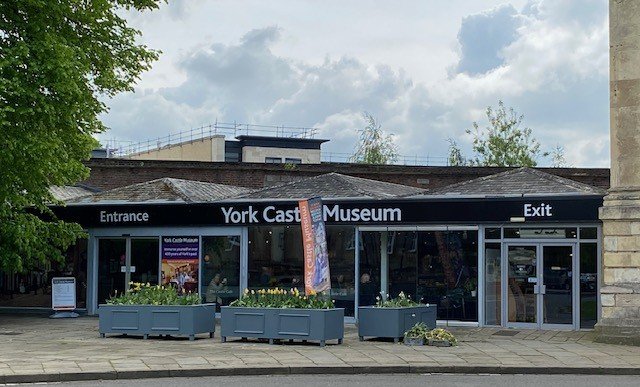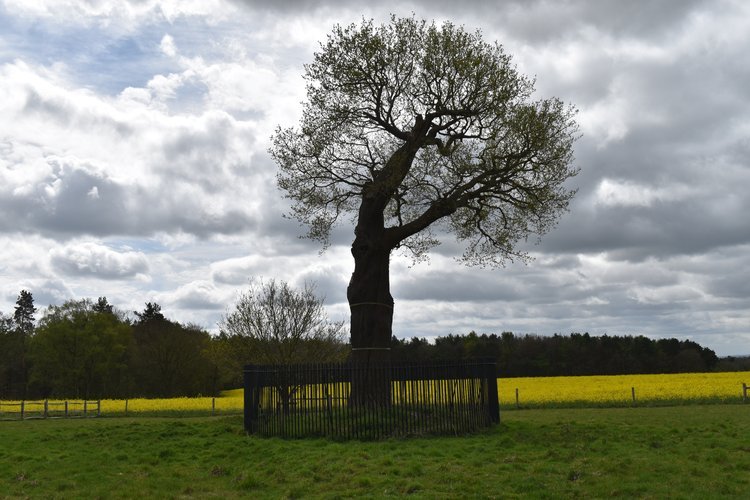
Wanderings and wonderings…
I love exploring places and discovering the history, culture and people which have made them what they are.

I love exploring places and discovering the history, culture and people which have made them what they are.

One of my favourite museums…

Hiding place of Charles II